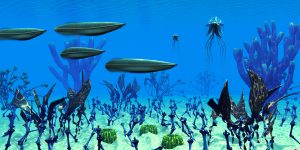Definition
noun
The medical or scientific term for brain freeze
Supplement
The sphenopalatine ganglioneuralgia is a type of headache or neuralgia, which was once believed to be attributed to the irritation of the sphenopalatine ganglion (thus the name). However, there were reports suggesting that the sensory information travels rather along the trigeminal nerve.1
Sphenopalatine ganglioneuralgia is not considered a disease. This condition is characterized by an acute spasmodic pain of the nose and orbit, which may extend to the rest of face, and then to shoulders and neck. There is no thorough physiologic explanation as to how it occurs but one possible explanation is the temporary alteration of blood flow in the brain resulting in brief headache. The quick consumption of extremely cold food or beverages, such as ice-cream, causes headache. Thus, the condition is also called ice-cream headache or cold-rush. Eating extremely cold food or beverages too fast especially on a warm or hot ambient temperature cools the palate in such a way that the blood vessels, particularly the internal carotid artery and the anterior cerebral artery to constrict and dilate. This then causes the nearby pain receptors to relay impulses along the trigeminal nerve to the brain from where the pain is interpreted as coming from the forehead.
According to Dr. Jorge Serrador, a cardiovascular electronics researcher, vasoconstriction, such as that in sphenopalatine ganglioneuralgia, is probably a defense mechanism to ensure that abrupt changes in temperature in the brain are prevented, and thus kept warm. This is important because the brain is working all the time. 2
Synonym(s):
- brain freeze
- ice-cream headache
- cold-rush
- cold-stimulus headache
- sluder syndrome
Reference(s):
1Mayo Clinic Staff. Ice cream headaches. Source
2Nordqvist J. Why Do We Get Brain Freeze? Scientists Explain. Medical News Today. 23 April 2012. Source







